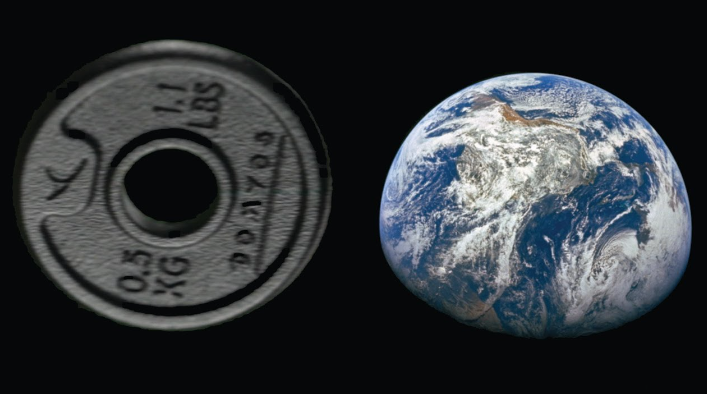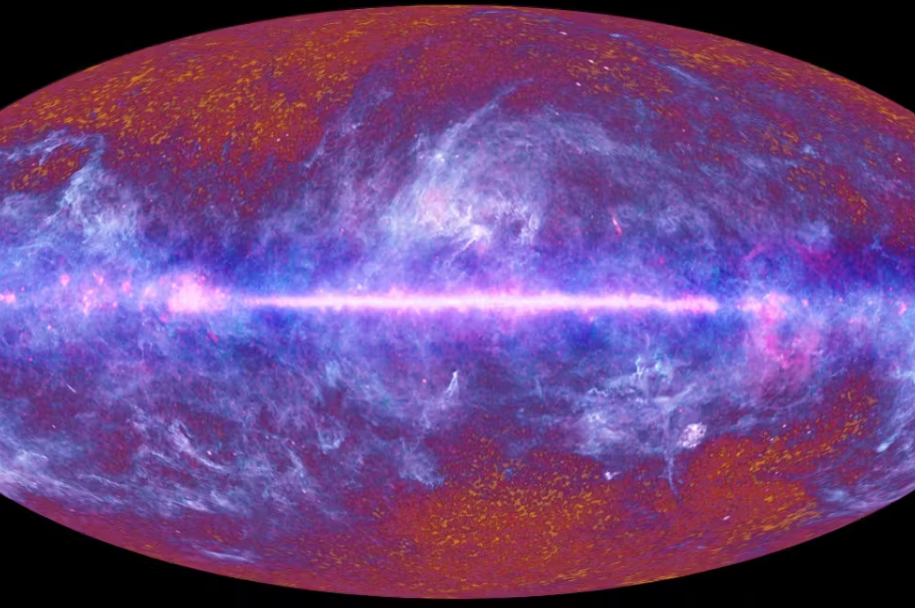Rock, Paper, Gravity: Understanding Inertial Mass and Gravitational Mass

Hello, curious minds! Welcome to another exciting adventure in the world of STEAM. Today, we’re diving into the realms of mass, but hold on tight because we’re not talking about iron ups or diet plans. We are unlocking the secrets of “Inertial Mass” and “Gravitational Mass”! Buckle up and get ready to discover how these forces shape our universe and influence the way objects move. Trust me, this is not your typical physics class. We’re here to have fun and gain a deeper understanding of the magic of dough!
Let’s start at the beginning, mass is a fundamental property of matter that describes the amount of matter an object is made of. Think of it like this: If you have a baseball and a bowling ball, which do you think has more mass? ¡Ding, ding, ding! You got it, the bowling ball! It’s like comparing a feather to a brick. The brick has more mass, which means it is heavier and harder to push.

Alright, let’s talk about our first player in this massive matchup: Inertial Mass. Imagine you are in a car and your friend suddenly brakes. Wow! Your body lunges forward. Why does this happen? It is due to the inertial mass. Inertial mass refers to an object’s resistance to changes in motion, the more mass an object has, the more force it takes to make it speed up or slow down. Think of it like a heavyweight boxer – they’re hard to move!

Now, let’s meet the second contender: gravitational mass. Have you ever wondered why you don’t float in space? Well, thanks to gravitational mass for keeping our feet on the ground! Gravitational mass is what determines the force with which an object is attracted by gravity. It’s like Earth’s magnetic force, but instead of holding magnets together, it keeps us grounded. The more gravitational mass an object has, the stronger the pull of gravity on it.

Here’s a mind-blowing concept: inertial mass and gravitational mass are the same! What what?! Yes, it is called the Principle of Equivalence. It basically means that an object’s resistance to motion (inertial mass) is proportional to the gravitational force it experiences (gravitational mass). It’s like having two different ways of measuring the same thing. Sort of like measuring your height in feet or meters – they’re different units, but they still represent the same height.
Enough with the theory, let’s see these massive superstars in action! Imagine you are at an amusement park, waiting in line for a roller coaster. The roller coaster starts going up a huge hill and suddenly you feel a feeling of weightlessness in your stomach, that is the perfect example of the Equivalence Principle. Your inertial mass resists the change in motion as the coaster speeds up, while your gravitational mass keeps you glued to your seat, experiencing the thrill of gravity!





Responses